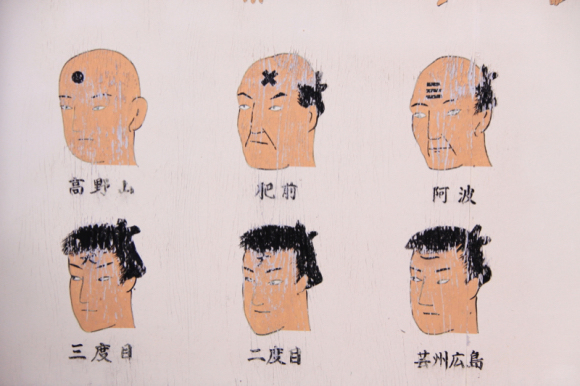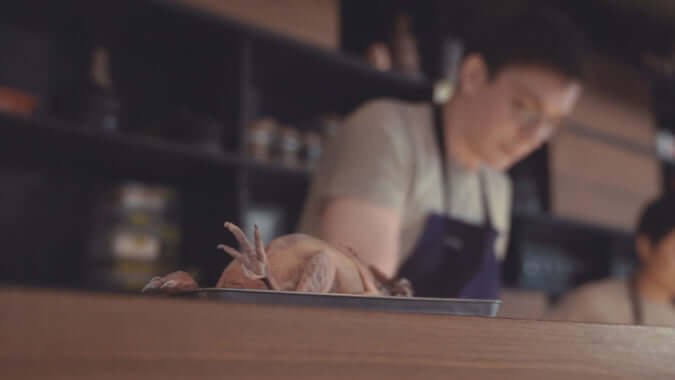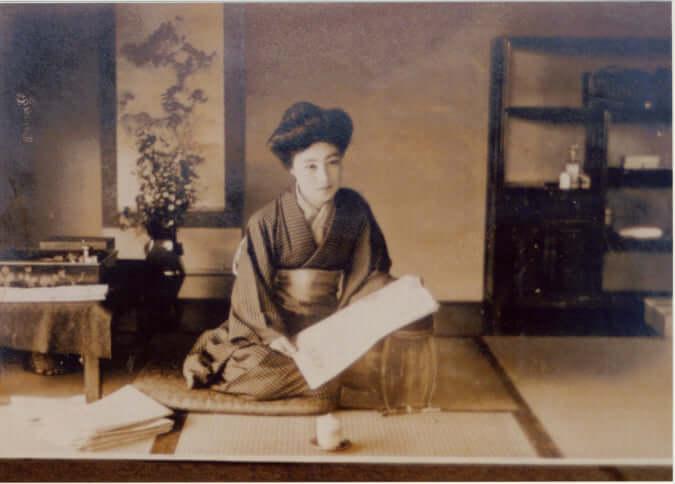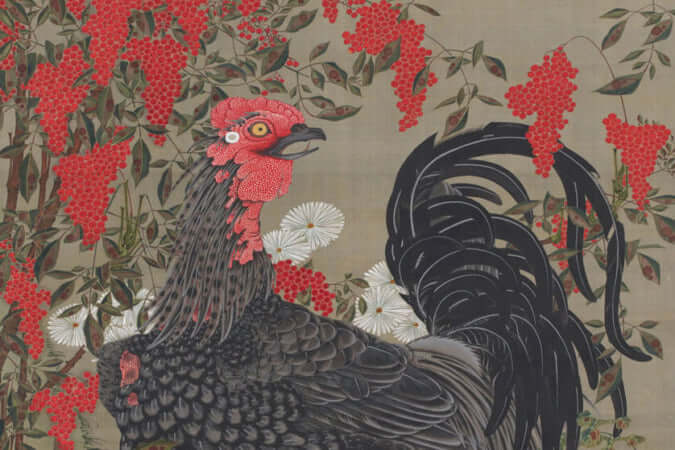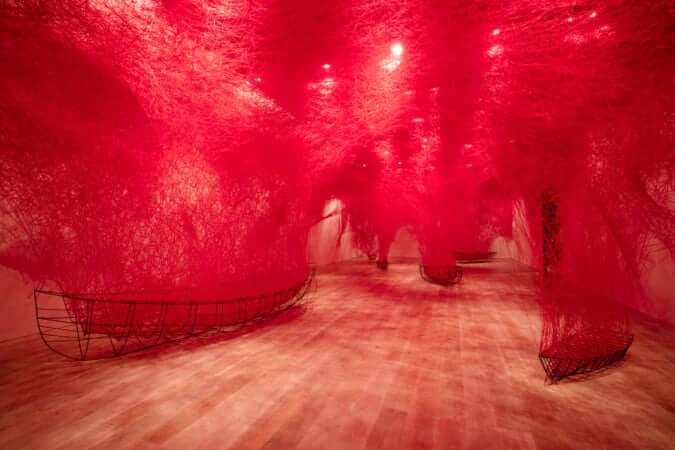Lin Delpierre, Capturing Kyoto and Constructing a Narrative
In 1997, during a residence at Villa Kujoyama, the French photographer produced the series ‘Aux Interstices des Cibles.’

© Lin Delpierre
During a four-month stay at Villa Kujoyama in Kyoto—built high above the city at the suggestion of poet Paul Claudel, former French ambassador to Japan—photographer Lin Delpierre, born in Bayonne in 1962, took advantage of the opportunity to ‘capture the real.’ To do this, he decided to ‘photograph Kyoto through three vision machines.’
The opportunity offered by the residence, which he considered conducive to photographic work, a ‘cloistered’ practice, led him to spend hours in his room. ‘The television in the living room was constantly showing films by Ozu and Godard, sentimental Japanese series that supplied the phosphorescent capillaries of the landscape in the distance with tears. Immersed artificially in the intimacy of all the soap opera heroines and feeding on the delusions of those who watch them, I distorted the narrative by grafting my own fictions, obsessions, desires, anxieties, and lamentations onto it’, the photographer explains to Pen. To fulfil his ambition, the first step was a technical one, requiring the acquisition of materials.
Assembling a narrative
The artist explains: ‘the triptych is organised as follows: the square on the left (window of the lunar Hasselblad 501) obtained from an Ekta-type positive; in the centre, a shot in colour (based on the negative) from a 4X5 chamber (urban or interstitial landscape, which is compatible with the subjective state of a passerby or a character, of an external reality that is not that of the photographer), and lastly, on the right-hand panel, the dazzling black-and-white rectangle captured using a Leica m3. We obtain variations in temporality suitable for a narrative.’ The composition of these narratives depends on drawing pins that fix the prints to the wall. The artist ‘subtracts, adds, matches elements according to the resonance of the material, its narrative potential. [He] composed, in the same way as one writes a poem, a drama that was merely the emergence of faces, figures, and things.’
These triptychs present urban life, landscapes, portraits, still lifes, and scenes from social life, and bring together black and white and colour. Through these three cross-sectional planes, Lin Delpierre seeks to be ‘a narrator who is reconnecting with his memory.’ He likens his work to that of an ‘assembler stitching together offcuts until a drama is formed… By way of attraction, magnetisation, a form is generated from multiple readings.’
The artist emphasises the possibilities offered by the technical tools used, the possibilities of each machine: ‘plasticity, cross-section, frontality, red herrings: the large format camera brings out descriptive qualities in the depths of the shot; the Leica cuts, clips, or, on the contrary, feminises the irradiated surface; and the medium format, with its suspensory content, completes the device.’
With respect to the process implemented, this assembly must be read as a timeline, ‘on the surface of which the thought of a character (who is not necessarily in the frame) is crystallised.’
Another side of Lin Delpierre’s work can be seen in the book La Voiture du paysage, published in 2020 with author François Laut, in which the work of painter Gustave Courbet is confronted with his native Jura.
Aux Interstices des Cibles (1997), a photographic series by Lin Delpierre, can be viewed on his website.

© Lin Delpierre

© Lin Delpierre

© Lin Delpierre

© Lin Delpierre

© Lin Delpierre

© Lin Delpierre

© Lin Delpierre
TRENDING
-
The Tattoos that Marked the Criminals of the Edo Period
Traditional tattoos were strong signifiers; murderers had head tattoos, while theft might result in an arm tattoo.

-
Paris, Tokyo: Robert Compagnon
With his co-chef and talented wife, Jessica Yang, Robert Compagnon opened one of the top new restaurants in Paris: Le Rigmarole.
 3:31
3:31 -
The Story of Sada Yacco, the Geisha who Bewitched Europe
Described by Dazed magazine as the first beauty influencer, she has been restored to her former glory since 2019.

-
Ito Jakuchu's Naturalist Paintings
From 15 September until 14 October 2018, the Petit Palais showcased the artist's iconic ‘Images of the Colourful Realm of Living Beings’.

-
Chiharu Shiota, Red Threads of the Soul
Last year, more than 660,000 people visited the retrospective 'Chiharu Shiota: The Soul Trembles' exhibit at the Mori Art Museum.

